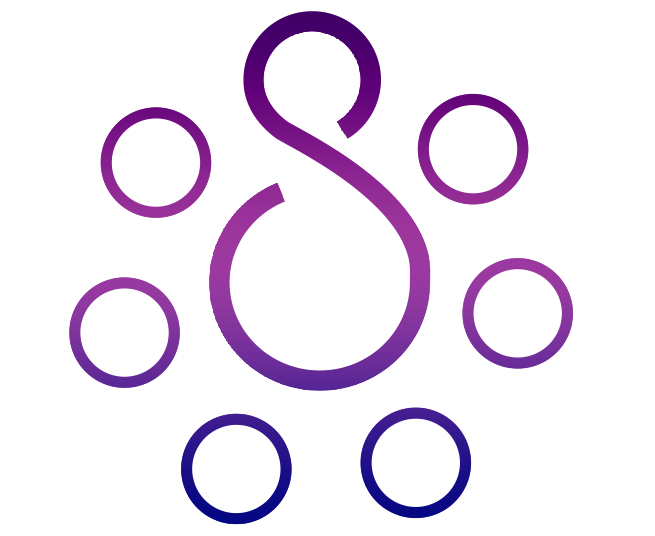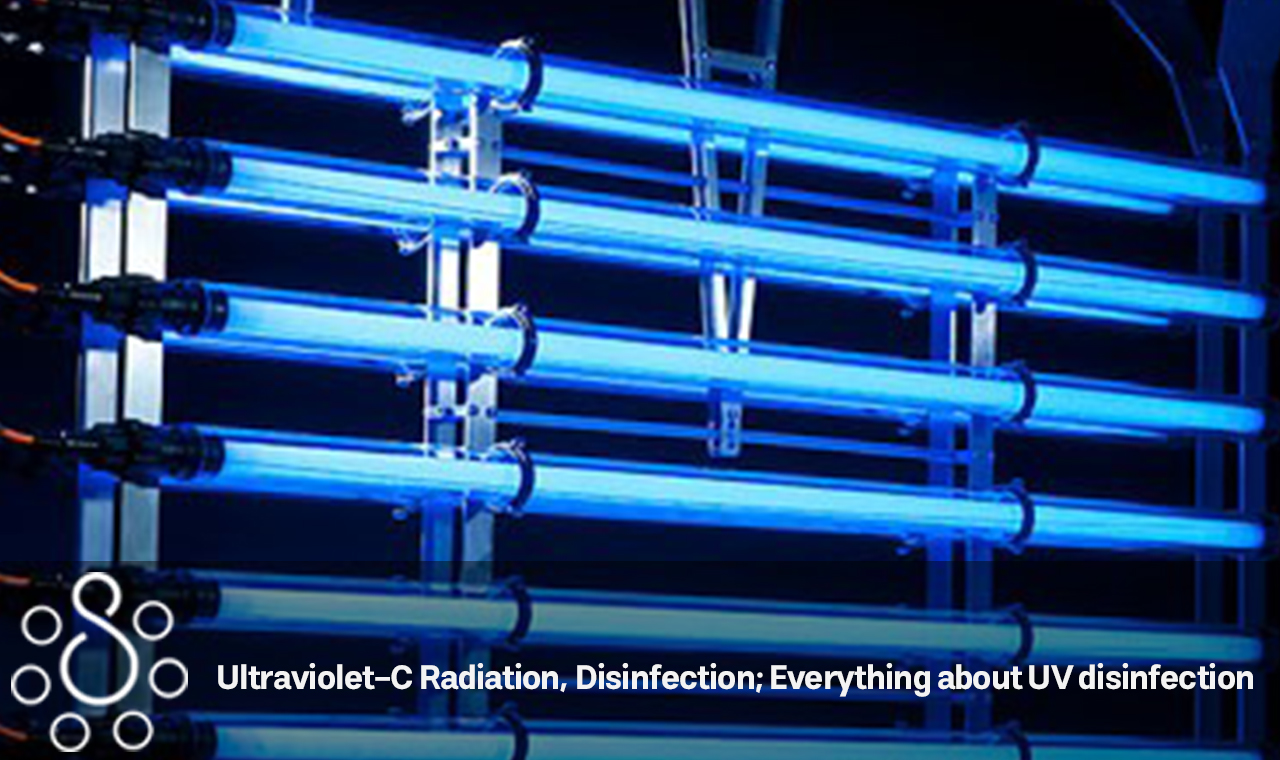Germs in the water, air, and on surfaces are a source of concern. Intensive UV radiation kills germs efficiently and swiftly. UV light kills bacteria and enhances hygiene and storage. The germ-contaminated air may already be treated in the supply air ducts, which will help to lower the amount of germs over time. Follow us to know more about ultraviolet-C radiation and disinfection.
The wavelengths of electromagnetic energy known as ultraviolet (UV) light lie slightly beyond those of visible violet light. Radiation with wavelengths ranging from 740 to 380 nanometers is what makes up light that is visible to the human eye. We are unable to see ultraviolet light because it falls inside the portion of the electromagnetic spectrum that spans 400 to 100 nanometers. According to their respective wavelengths, ultraviolet light may be broken down into four distinct kinds of rays. Ultraviolet-C radiation includes:
- UV-A, which ranges in wavelength from 315 to 400 nm and is the cause of our browned skin;
- UV-B, with wavelength range between 280 and 315 nm, which is responsible for the production of vitamin D and skin burns;
- UV-C, with a wavelength between 200 and 280 nm, which is used for the purpose of disinfection;
- UV-V light has a wavelength between 100 and 200 nanometers and is highly absorbed by both water and air; thus, it can only be transmitted in a vacuum.
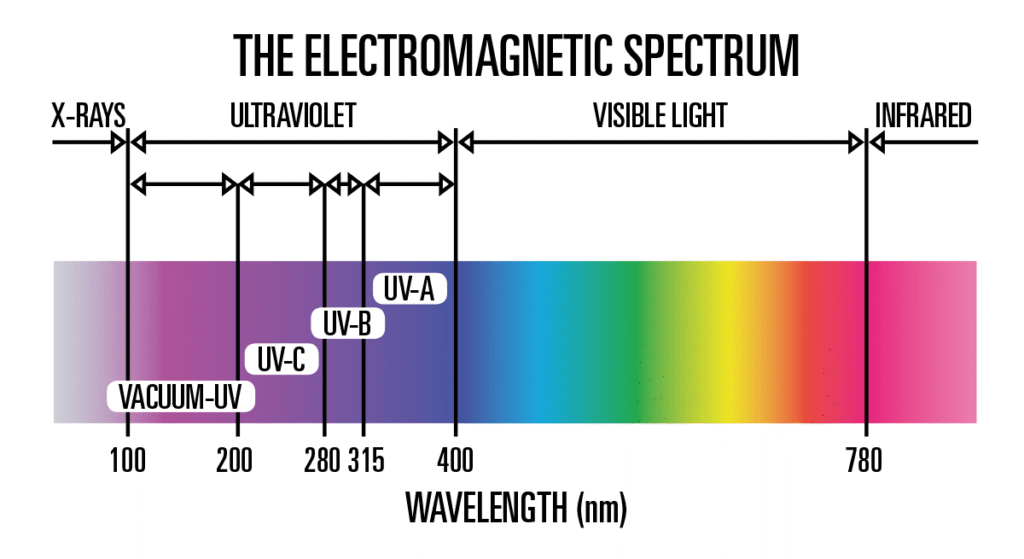
UV-B and UV-C rays both have the potential to kill cells, giving them the power to disinfect. However, the level of damage done to molecules by these two types of radiation is quite different from one another. Ozone in the atmosphere removes all of the sun’s ultraviolet (UV-C) rays, but ultraviolet (UV-B) rays are the most dangerous aspect of exposure to natural sunlight. Damage to human cells caused by exposure to UV-B radiation may range from mild sunburns to fatal forms of skin cancer. It has also been discovered that it has an effect on the expansion, maturation, and reproduction of a great number of plant and animal species. UV-B does not have the capacity to kill germs as effectively as UV-C does, despite the fact that both types of ultraviolet light damage DNA molecules in a comparable way.
Because microorganisms are so much smaller in size compared to human cells, the wavelengths of light that are required to access their internal structure must also be far narrow. UV-C is the best option for accomplishing this goal. The creation of thymine dimers is one of the ways that UV-C rays may change the DNA of microorganisms when they enter a cell. This causes a severe disturbance in the processes of microbial reproduction and protein synthesis, both of which are required for the survival of cells. It is possible for a dosage of ultraviolet-C radiation in the range of 0.5 to 20 J/m2 to induce the full disintegration of the microorganism’s cellular structure, leading to its death.
Related Article: Differences between UVA, UVB, and UVC

UV-C light kills bacteria and viruses with a mortality rate of 99.99 percent, and as a result, it is used for the disinfection of air, water, and surfaces. In particular, ultraviolet lamps are engineered to emit a wavelength of 254 nanometers, which research has shown to be the one that inflicts the most severe damage on microorganisms. The use of low- or medium-pressure UV lamps is typical when it comes to disinfection tasks because of the short wavelength and high intensity of the UV light they release. Low-pressure lamps are well suited for use in general disinfection applications since they generate low-energy radiation and, as a result, are very energy efficient.
On the other hand, medium-pressure lamps generate a greater amount of energy, which not only results in the destruction of cellular DNA but also causes damage to the cell wall. In spite of the circumstances, it has been shown that ultraviolet-C radiation light may effectively disinfect things and guard against the growth of dangerous microorganisms.
Disinfection Using Ultraviolet-C radiation
LEDs that are based on UV-C are a relatively recent development in technology. 255 nanometers, 265 nanometers, 275 nanometers, and 285 nanometers are some examples of wavelengths that are now accessible commercially. However, the technology behind UV-C LEDs is constantly advancing, and in the not-too-distant future, new wavelengths will be produced, prices will decrease, and efficiencies will rise. This is something that has already occurred within the red, infrared, blue, and UV-A wavelength LED ranges. Because it is the highest point on the DNA absorption curve, a wavelength of 265 nm has been determined to be the most effective. On the other hand, disinfection and sterilization may take place throughout a spectrum of wavelengths. It is possible to create UV-C LEDs that are tuned to target highly precise and narrow wavelengths. Because of this, solutions may be adapted to meet the requirements of a certain application.
LEDs that emit UVC light against more conventional technologies
LED technology provides a number of benefits over mercury-based UV lamps, which are used in many applications for disinfection by ultraviolet-C radiation. However, mercury-based UV lamps have a number of drawbacks compared to LED technology. There has been a rise in the amount of regulation around the use of mercury and its effect on the environment, which has led to higher costs associated with disposal and proposed bans in certain countries. These systems also need the use of chlorine in order to clean the water, and they are often bigger than systems that rely on LED lighting.
Related Article: How to use a UV sterilizer box
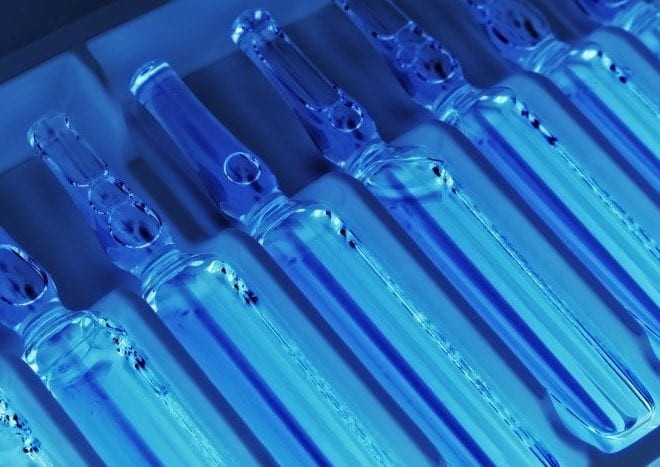
UVC LED System with the Capability to Generate Additional Wavelengths
The COBRA Clean FX1 is a UVC LED lamp that is both small and fan-cooled. It offers a uniform line at four different wavelengths, which are 265 nm, 275 nm, 285 nm, and 310 nm, respectively. The lamp is constructed using Chip-on-Board LED technology to achieve the highest possible intensity and uniformity. Additionally, the lamp was created on an established platform to ensure its dependability. It has a peak irradiance of 55 milliwatts per square centimeter and a peak energy density (dose) of x 65 millijoules per square centimeter. This lamp is perfect for assessment since it allows for the quick creation of disinfection solutions. As a result, you will be able to establish the required qualities for maximum system performance.
UVC LED Systems Have the Following Advantages:
- Non-ozone depleting, which is good for the environment.
- UV LEDs may be created to function at the optimal wavelength for the application, which is made possible via wavelength optimization.
- Instant on/off switching as well as pulsating are also feasible.
- A small form factor that enables the creation of new form factors.
- Reduced reliance on external power sources paves the way for improved productivity.
- UVC LED systems provide a risk-free and efficient alternative to traditional UVC disinfection methods.
Application of Ultraviolet-C radiation
- UV Air Treatment for Deodorization and Disinfection
UV technik has 30 years of experience disinfecting air. UVC radiation treats microorganisms in the air in a room. This is far more effective than standard air disinfection methods. UVC disinfection reduces airborne organisms in a room. Natural convection forces air into a UVC disinfection device’s irradiated zone. Airborne infection, a factor in many maladies, is minimized. Alternatives include UVC-integrated circulation disinfection systems. This is an HVAC solution. ultraviolet-C radiation is protected, which is vital for health and safety in UV applications. We develop HVAC UV air disinfection equipment for the HVAC industry. The needed irradiation and air flow depend on the room size and germ quantity and kind. UV technik has years of expertise in calculating these parameters.
- UV Disinfection of the Surface
UV surface disinfection kills bacteria and fungus. Ultraviolet disinfection equipment is used to disinfect packing materials in the packaging business. The food sector employs ultraviolet-C radiation to extend shelf life. These are some of the uses for ultraviolet surface disinfection. UV surface disinfection success varies by substance. This applies to both the kind of germ (e.g., coli) and the surface roughness. Only UVC can kill bacteria. The exposed surface can’t be too rough.
Related Article: Are UV sanitizers effective? What You Should Know Before Making One
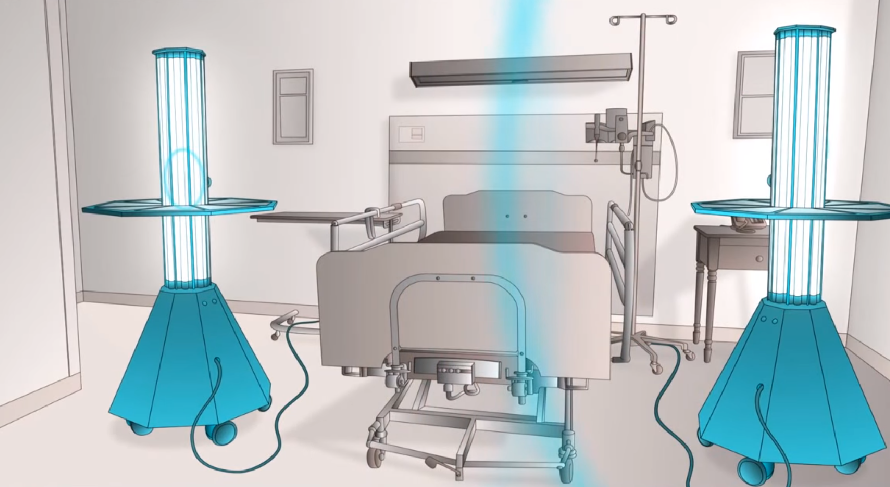
- UV Water Disinfection
There has been a consistent increase in the number of water purification systems and technologies that use ultraviolet-C radiation. The procedure is attractive due to the fact that it decreases, and even eliminates in certain cases, the need to make use of chemical compounds. Depending on the nature of the UV water treatment job at hand, either UVC low-pressure lamps or UV medium-pressure lamps may be utilized as sources of ultraviolet radiation. The approach that we take at UV technik is to make use of the more than 30 years of experience that we have in order to collaborate with our clients in order to develop solutions that meet the requirements of a wide variety of applications, such as municipal companies, ballast water, waste water, and drinking water.

- UV Sterilization Wardrobes and Cabinets
Sanitary equipment is easy to operate and disinfect with ultraviolet-C radiation. They are made to the highest possible standards, which ensures that the results they provide are sterile and dependable. The use of our ultraviolet cabinets eliminates the need to use heat or chemicals in order to eradicate microorganisms. Please have a look at the various ultraviolet disinfection cabinets that we have available down below. Because of our extensive knowledge and years of experience in the area of ultraviolet disinfection, we are able to help you locate the precise solution that meets your requirements. Please don’t hesitate to get in touch with us at any time if you have any questions concerning our UV cabinets, whether they be technical or sales-related.
related article: What Is a Toothbrush Sanitizer?
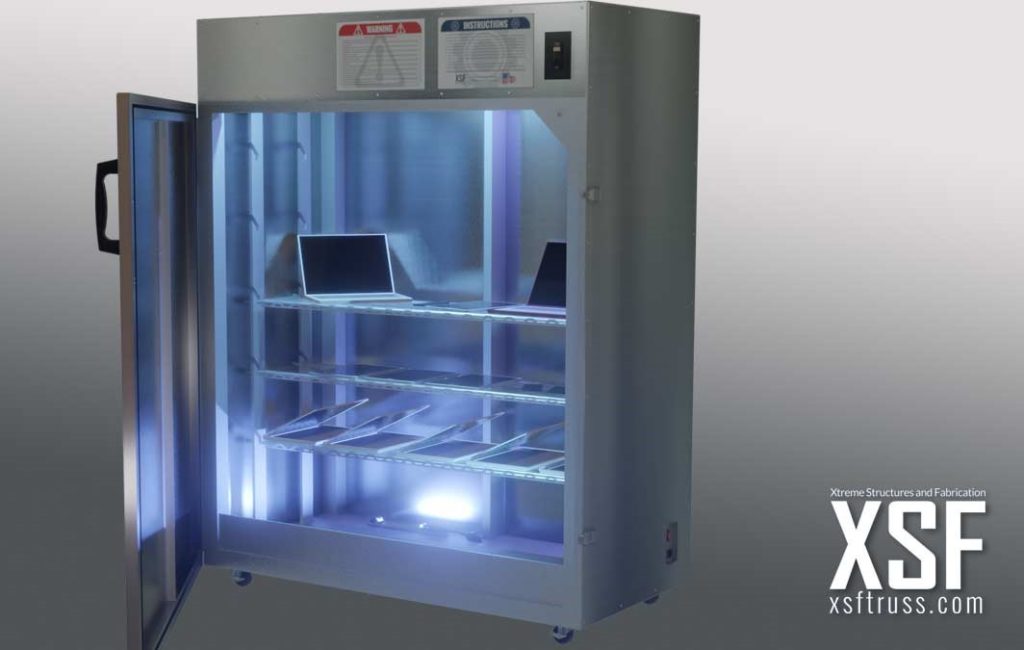
- Lamps that Emit ultraviolet-C radiation
The majority of the ultraviolet light that is emitted by UVC-low pressure lamps is in the range of 254 to 185 nm. The 185 nm line may either be obstructed or let through completely depending on the kind of quartz glass that is used. Lamps that do not produce ozone or that do produce ozone may be created using this method, depending on the requirements of the client. The following is how we categorize our low-pressure lamps: UVN (which refers to conventional LP or high-output lamps) and UVI/UVX (amalgam lamps). Lamps that operate at low pressure may be fashioned into almost any form. The U-shaped configuration is quite common and allows for exceptionally space-efficient installations. Every light is designed for use in environments with both air and water. In addition to the lights that we produce ourselves, we also offer the whole product line made by Philips, which is a company that we do business with. There are UVA-lamps designed specifically for use in technical applications among them. We adapt Philips bulbs with specialized sockets per the customer’s request, of course, without voiding the guarantee in any way.
- UV Measurement Sensors
UV Technik International provides low-maintenance UV sensors for UV system monitoring. Customer-specific designs include explosion-proof sensors (ATEX), 360-degree sensors, hermetically sealed sensors, and digital sensors. Our high-quality sensors provide a long operating life. We provide sensor windows and monitoring systems for approved DVGW and NORM systems. Our UV sensors are used for drinking water, ballast water, waste water, process water, swimming pools, TOC-analysis devices, TN/TP-digestion, and air disinfection. Contact us for technical or sales guidance on our UV sensors or monitors.
- Electricity supplies for UV lamps
Our EPS-series electronic power supplies were designed specifically for use with amalgam low-pressure UVC lamps. They are intended for use with UV lamps with a light power ranging from 4 W all the way up to 1200 W. In order to facilitate the functioning of amalgam low-pressure UVC lamps, the modular lamp controller that is a part of the MLC series has been specifically designed. These devices are intended to be used with lamps that have a maximum light power of one thousand watts. Because of the modular approach, there is a guarantee of universal usage, and the system may be modified to meet the requirements of the client.
- UV Meters
UV meters and sensors are an important component of your overall UV toolbox. They make it possible for you to determine the UV intensity and dosage rather than have to speculate about it. Do you truly have the luxury of not possessing this information? Continue reading if you want to get additional information.
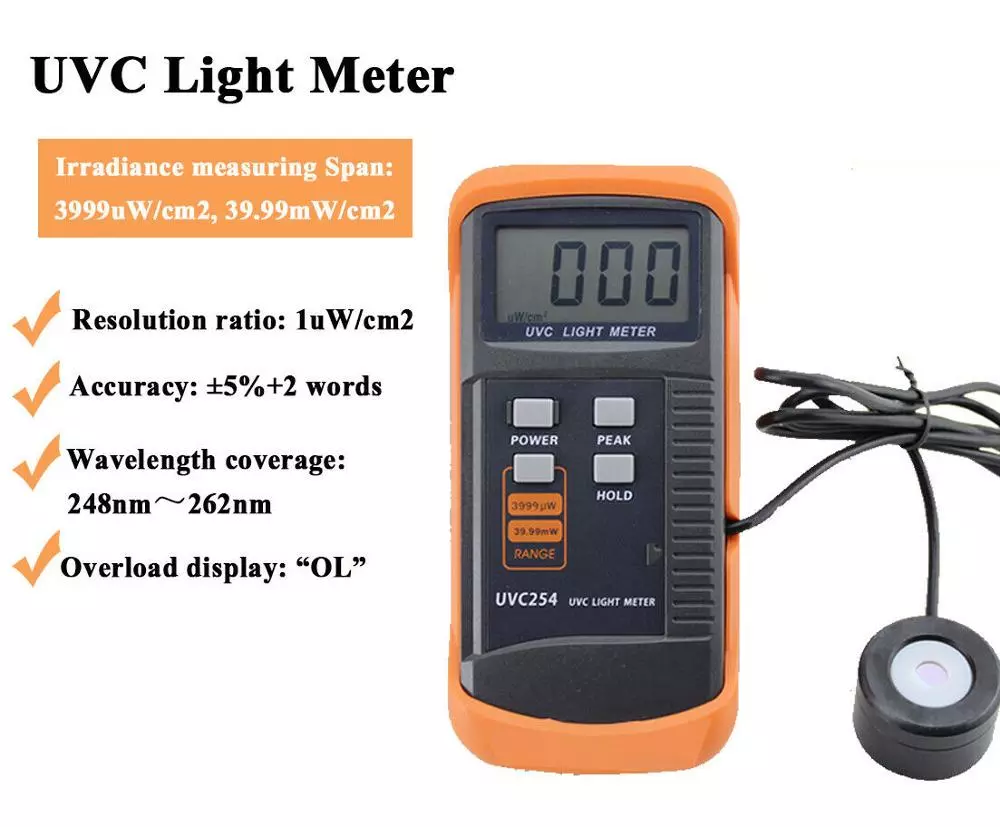
Related Article: 5 surprising ultraviolet uses for the hospitality industry
